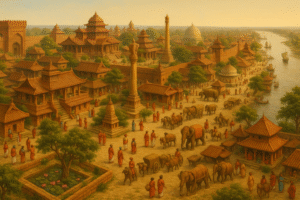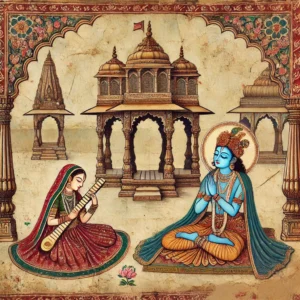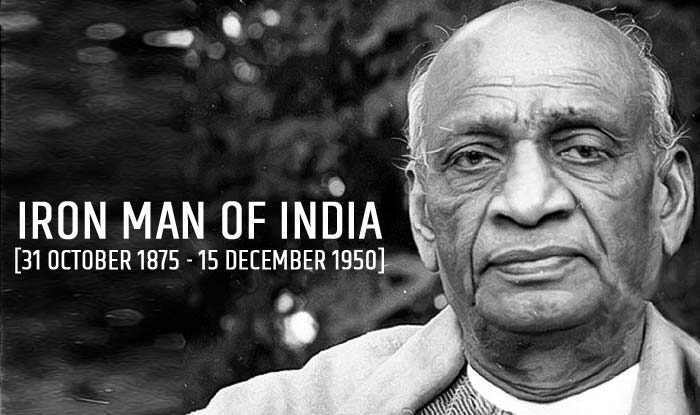
Sardar Vallabhbhai Patel, often revered as the “Iron Man of India,” stands as a symbol of unwavering determination, dedication, and diplomacy. His pivotal role in India’s independence struggle and his monumental efforts in post-independence nation-building make him one of India’s most celebrated figures. Known for his ability to mobilize people, negotiate effectively, and unify diverse regions, Patel’s legacy continues to inspire generations. This article delves into his life, the independence movement, and the remarkable work he did to unify India.
Early Life and Background of Sardar Vallabhbhai Patel: A Visionary from Gujarat
- Birth and Family: Born on October 31, 1875, in Nadiad, Gujarat, Patel hailed from a humble, hardworking family. His early years, marked by perseverance and resolve, shaped his future as a leader.
- Education and Career in Law: Initially studying in India, Patel later traveled to England to complete his law degree. After qualifying as a barrister, he returned to India and quickly established a successful legal practice.
- Commitment to Justice: Known for his sharp intellect and integrity, Patel was respected in legal circles and often used his position to advocate for the underprivileged. His dedication to justice and equality would later translate into his political pursuits.
Role in the Independence Movement: A Fierce Leader
Patel’s entry into the independence movement marked the beginning of a powerful journey. Joining the Indian National Congress in the early 1900s, he was inspired by Mahatma Gandhi’s principles of non-violence and civil disobedience.
The Kheda Satyagraha: A Turning Point in Patel’s Political Career
In 1918, during a devastating famine, British authorities insisted that peasants in the Kheda district of Gujarat continue to pay taxes. Many could barely survive, let alone meet tax demands.
- Leadership and Negotiation: Patel organized the Kheda Satyagraha, urging farmers to stand firm and refuse to pay the taxes. Through peaceful resistance and skillful negotiation, Patel forced the British to yield and grant a tax waiver.
- Impact: This successful campaign brought Patel into the national spotlight, establishing him as a leader dedicated to protecting people’s rights.
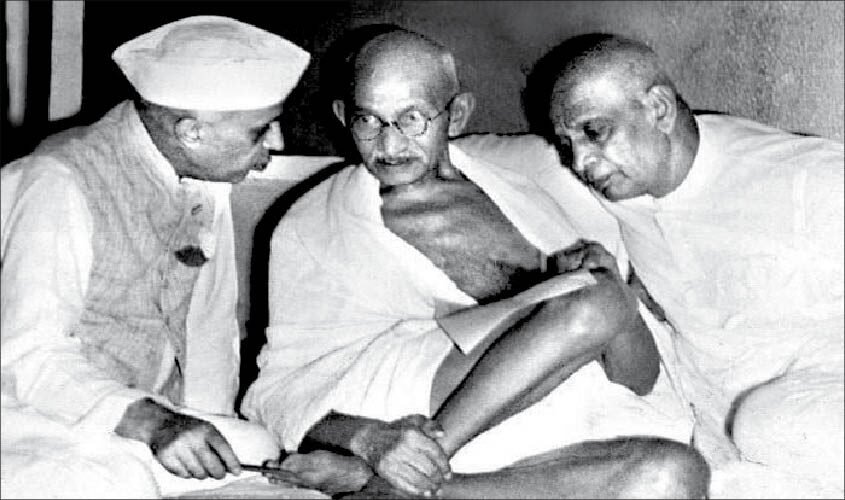
Bardoli Satyagraha: “Sardar” Patel is Born
In 1928, another critical protest in Gujarat’s Bardoli district further solidified Patel’s reputation. When the British imposed an unjust tax hike, Patel stepped in, calling for non-payment of taxes until the authorities reconsidered.
- Title of “Sardar”: The success of the Bardoli Satyagraha earned him the title “Sardar,” or leader, given by the people of Bardoli.
- Significance: This event showcased Patel’s organizational skills and ability to inspire large groups, a precursor to the leadership he would display in unifying India after independence.
Architect of a Unified India: The Hero Behind Post-Independence Integration
When India gained independence in 1947, the challenge of uniting more than 560 princely states under a single nation became apparent. Patel, as the first Deputy Prime Minister and Home Minister, played a monumental role in integrating these territories into the Indian Union.
Instrument of Accession: Diplomacy and Strategy
Patel and his team used a combination of negotiation, diplomacy, and strategic pressure to bring the princely states into the Indian fold.
- Junagadh: Patel dealt effectively with the princely state of Junagadh, which had initially opted for Pakistan despite having a predominantly Hindu population. Through public support and calculated action, Patel ensured Junagadh’s accession to India.
- Hyderabad: When the Nizam of Hyderabad resisted joining India, Patel authorized a police action in 1948, which led to the state’s integration. This step, though controversial, was crucial for ensuring the region’s stability.
- Kashmir: Although handled by Prime Minister Nehru, Patel played a supportive role in handling Kashmir’s complex accession, ensuring the region’s initial security.
Unifying Vision: The Heart of Patel’s Legacy
Patel’s unification efforts went beyond political boundaries. He aimed to bring unity among India’s diverse ethnic, linguistic, and religious communities.
- Communal Harmony: Recognizing the potential for division within India’s pluralistic society, Patel consistently advocated for communal harmony, calling on Indians to rise above differences.
- Infrastructure for Governance: His foundational work in establishing the Indian Administrative Service (IAS) and the Indian Police Service (IPS) created a robust administrative framework for the newly independent nation, often referred to as the “Steel Frame” of India.
The Legacy of Sardar Patel: A Lasting Inspiration
Patel’s influence on India’s governance and unity remains profound, with his legacy celebrated each year on October 31 as Rashtriya Ekta Diwas (National Unity Day). His contributions are honored through the Statue of Unity in Gujarat, the world’s tallest statue, standing at 182 meters. Erected in 2018, this towering statue serves as a tribute to his vision and resilience.
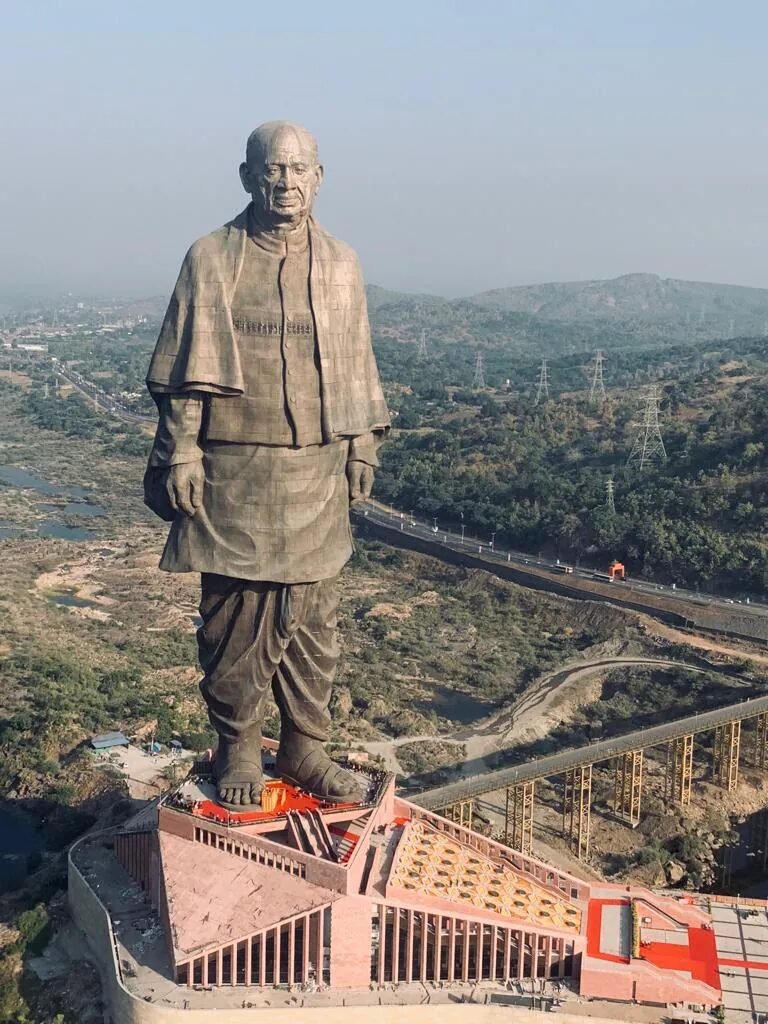
Principles That Define His Legacy
- Unity and Integrity: Patel believed in a unified India, and his actions ensured that territorial and communal integrity became the cornerstone of the Indian republic.
- National Service: By strengthening India’s administrative services, Patel laid the foundation for a strong governance system, equipping the country to tackle both internal and external challenges.
Why Sardar Patel’s Legacy Matters Today
Sardar Vallabhbhai Patel’s life story is a testament to the power of resolve and vision. He proved that true leadership lies in dedication, humility, and an unwavering commitment to one’s principles. As India continues to grow and evolve, Patel’s ideals of unity and resilience remain deeply relevant, inspiring the nation to uphold his values of integrity, harmony, and strength.
By merging diplomacy with determination, Patel’s contributions go beyond historical achievements; they serve as guiding principles for a nation that continues to embody his spirit of unity.

